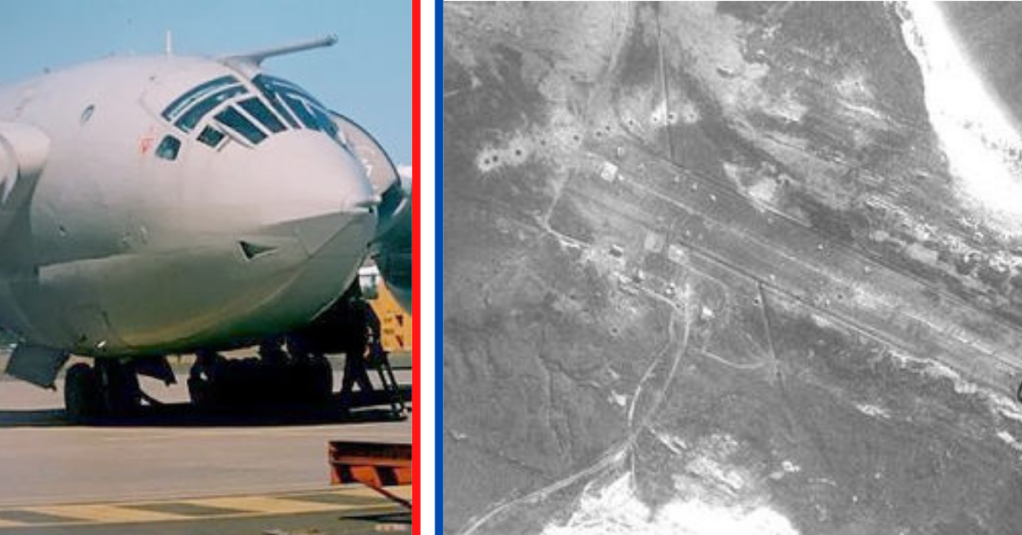

Operation Black Buck, a series of seven ambitious bombing missions, holds the record for the longest bombing run in history. Conducted during the 1982 Falklands War, the Royal Air Force (RAF) employed the Avro Vulcan B2 bomber to execute these raids against Argentine forces occupying the Falkland Islands. These operations were logistically complex and met with mixed results. However, they demonstrated British resolve and showcased the extraordinary capabilities of the Vulcan bombers and air refueling techniques.
Operation Black Buck Background
The Falklands War erupted on April 2, 1982. It lasted until June. In April, Argentina invaded the Falkland Islands, a British overseas territory located in the South Atlantic Ocean. In response to the Argentine aggression, the British government initiated a military campaign to retake the islands. As part of this campaign, the RAF carried out a series of daring long-range bombing missions known as Operation Black Buck.
Vulcan Bombers and the Challenges of Long-Range Bombing
The Avro Vulcan B2 bomber, a central figure in these missions, was a strategic nuclear bomber designed during the Cold War. The Vulcan was capable of carrying conventional or nuclear weapons. It could fly at altitudes above 50,000 feet and at speeds approaching Mach 0.96. Despite being nearly obsolete, the RAF used it to carry out these long-range bombing missions. The distance from Ascension Island to the Falkland Islands was approximately 3,889 miles. This necessitated complex air-to-air refueling operations involving 11 Victor K2 tanker aircraft and a chain of air tankers. Each mission involved 11 Victor K2 tanker aircraft. These aircraft also needed refueling. So a chain of air tankers formed to ensure the Vulcan could reach its target and return.
Mission Objectives and Results
The first Black Buck mission took place on April 30 and May 1, 1982. It aimed to bomb the runway at Port Stanley Airport to disrupt Argentine air operations. The mission caused some damage to the runway but it remained operational. Subsequent Black Buck raids had limited impact on the overall conflict. Nonetheless, the psychological impact on Argentine forces was considerable. These missions demonstrated British capabilities and determination to retake the islands.
Subsequent Black Buck missions focused on different targets, such as Argentine radar installations and ground-based air defenses. The effectiveness of these raids varied, with some achieving their objectives, while others suffered from technical issues, inclement weather, or navigational errors.
The final mission, Black Buck 7, took place on June 12, 1982. It targeted an Argentine communications facility but was aborted due to mechanical issues with the Vulcan’s air-to-air refueling system. By this time, the British ground forces had made significant progress, and the conflict soon came to an end.

Legacy and Significance
The success of Operation Black Buck is debatable. That said, its historical significance and influence on future military operations are undeniable. The missions demonstrated the value of strategic bombing. They also illustrated the importance of air-to-air refueling in extending the range of aircraft. That’s to say nothing of the potential psychological impact of long-range bombing on enemy morale. Additionally, the operation highlights the versatility of the Avro Vulcan B2 bomber.
The RAF showed incredible resourcefulness during the Falklands War through Operation Black Buck. They used old Vulcan bombers and complex air-to-air refueling to project power thousands of miles from their base. This demonstrated Britain’s determination to protect its overseas territories.
The operation was a daring and innovative strategic bombing campaign. It didn’t always achieve its intended objectives, but it played a crucial role in showing British resolve and military capabilities. The Avro Vulcan B2 bomber and air-to-air refueling made it possible to execute the longest bombing run ever, which had a huge psychological impact on the Argentine forces.
Operation Black Buck highlighted the importance of strategic bombing, air-to-air refueling, and military adaptability. Today, it’s an essential case study for military strategists and historians. It shows the potential impact and resourcefulness of air power in modern warfare.
